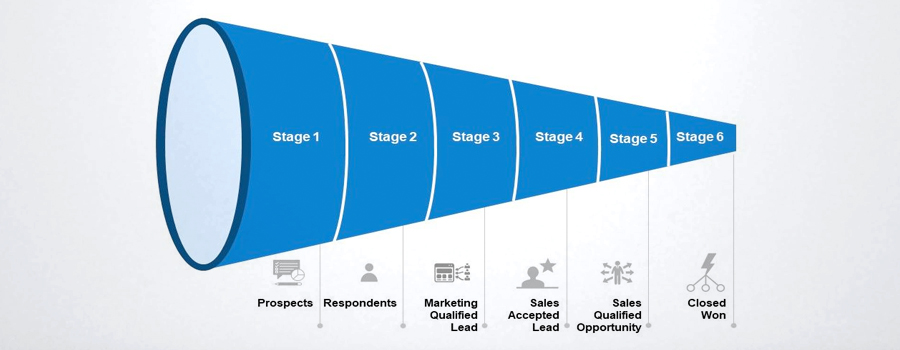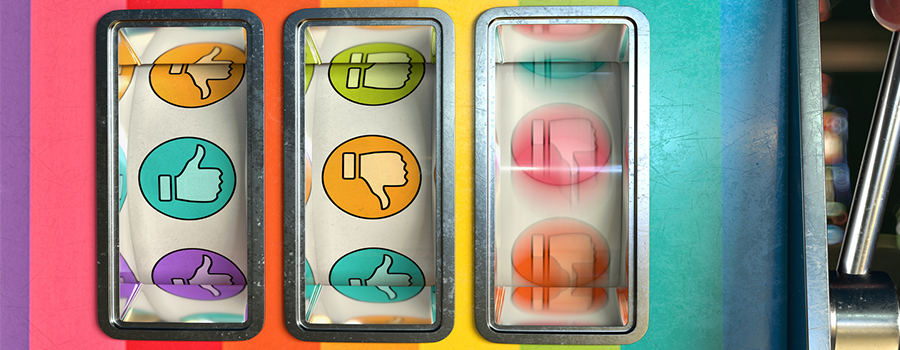As we approach the end of the year, many companies and leadership teams are busy forming their marketing plans for 2022. For some, that may include either a website refresh or redesign. Should you be in that group?
Sometimes the answer to “should we redesign or not?” is obvious:
- If your website has technical issues, such as an outdated CMS or code library, you will need a new site to work with current browser technologies and maintain security.
- If your branding, products, services or other core features of your business have changed substantially since your last redesign, it may be easier to start from scratch than try to fit your new needs into your former website.
- If your website traffic and conversion rates are consistently falling below target, a redesign may be needed to fully fix structural problems in your sales funnel.
Of course, that leaves a lot of websites somewhere in the middle. Maybe your site is looking a little old, but its structure is still serving clients; maybe it’s converting existing customers, but not really attracting new ones.
We regularly meet with prospective clients who have a lukewarm relationship with their websites, whether because of its performance, design or content, and a gnawing feeling that it could be so much better. (Newsflash: It can!)
We sat down with Informatics’ design guru Jeff Stephens about what makes a modern website effective and useful, whether it’s a brand site or ecommerce hub. He offered up the following three things as signs a rework might be in your company’s best interest.
1. Lacking a singular purpose and a clear funnel
We’re big believers in having a clear purpose, whether it’s a single piece of content or an entire website.
Focused, targeted efforts will always produce more results than a broader approach. Even the biggest, most complex websites can be boiled down to one core goal, whether that’s to sell products or raise awareness of an issue or brand.
Of course, knowing your goal is only half the battle. Everything your website does should be in service to that goal and driving the user in that direction (as illustrated in the common conversion funnel below).

Don’t make users think about their options or where else on your site they could be exploring—your website’s job is to drive conversions, whether that’s:
- A sale
- A form submission
- A view of your video
- A subscription to your e-newsletter
- A phone call or appointment with your business
- A download of your brochure or podcast
Ask yourself: What are you trying to accomplish with your website? Then ask that of every single design element, page and feature on your site—how does it drive the user to accomplish that goal?
Improving your site’s focus and purpose can range from simple tweaks of your content and SEO strategy to a more in-depth revamp of your user interface and experience. Here at Informatics, we’re always available to offer an outside opinion on what exactly your site needs to engage users and drive conversions.
2. Lacking SEO-friendly content and design
You need a purposeful, singular message to drive conversions, but great content and design are also key when it comes to catching and keeping customers.
It only takes users about 50 milliseconds to form an opinion of your website. With so much competition online, you’ve got to grab them from the minute your page loads with sharp brand visuals and punchy text.
Remember that SEO optimized content is the “foundation of search,” as Hubspot puts it. Good SEO will always drive more targeted traffic to your site than social media. People are searching for the products and services you offer—you just have to speak their language to be found and demonstrate your expertise in an approachable manner to keep them listening.
The bottom line: If your website copy and imagery don’t work together to immediately convey what your company does, you need to rework it.
3. Poor Core Web Vitals
If your site is slow to load, none of the previous points really matter.
Research shows that web users are extremely sensitive to page load times; web firm Blue Corona reports that websites taking longer than 2 seconds to load are abandoned by about half of visitors.
With each additional second that ticks by, conversion rates drop by roughly 5 percent a second, according to Hubspot.
Compounding the issue is Google’s recent addition of page load speed metrics—known as Core Web Vitals—to its ranking factors, meaning a site that performs poorly in this area could see its search ranking slip. That means fewer visitors finding your site in the first place, and fewer chances for a conversion.
The good news is that a lot of things can be done to make your website pages load more quickly, from loading the page code faster to delaying the loading of larger assets.
The design and development teams here at Informatics put a focus on creating lightning-fast pages to maximize impressions, and you should too.
If you’re ready to take your website to the next level in 2022, reach out to the experts here at Informatics. We have a passion for building high-performance websites that solve your business needs, whatever they may be.
***
Looking for more tips on creating a high-performing website? Watch our short explainer video below on website design trends starring Informatics' leading dog, and watch the full Pip's Tips series here!

